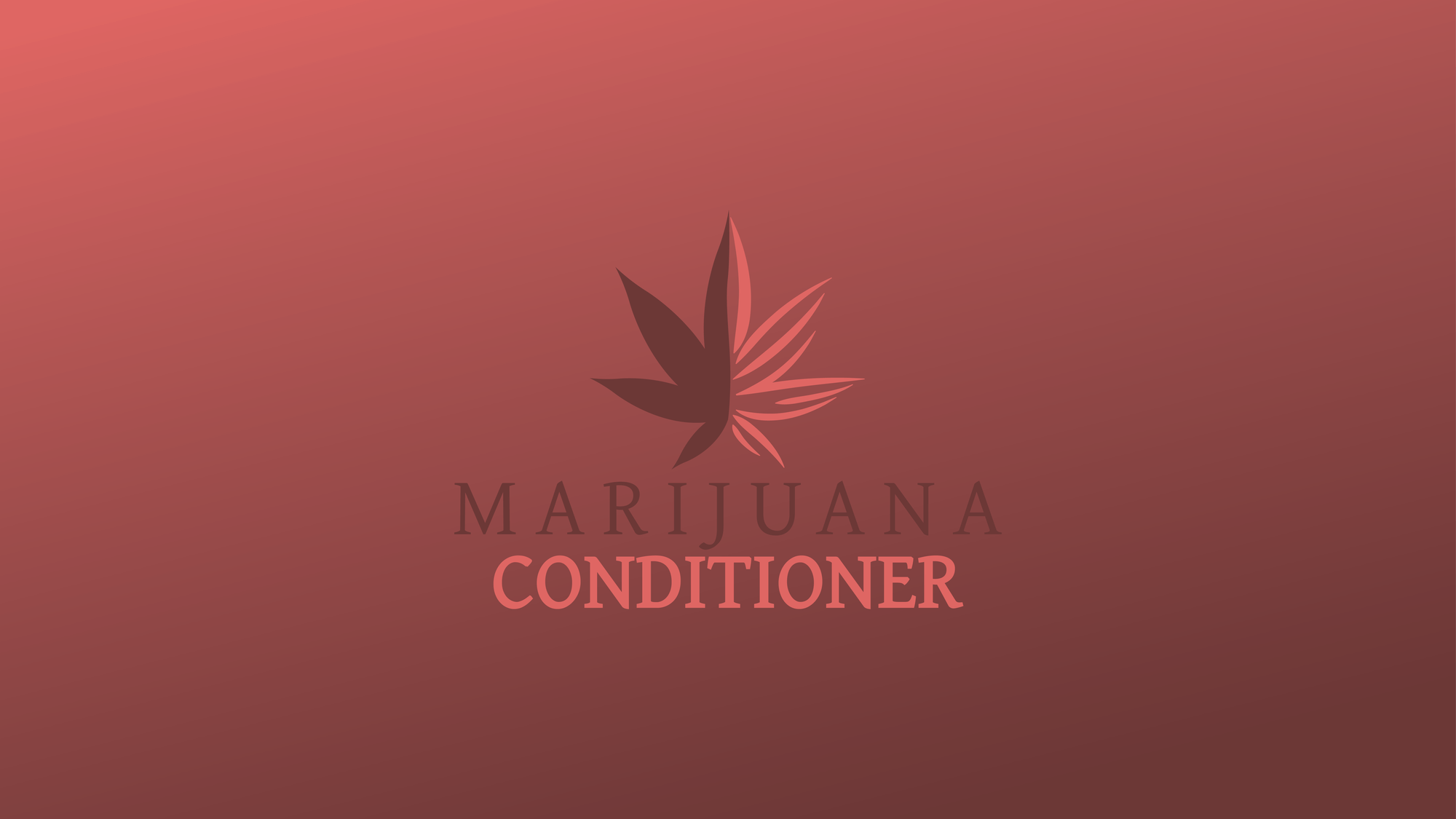As marijuana-infused hair care continues to grow in popularity, questions around safety have become more common among consumers. Marijuana conditioners, which often feature CBD or trace amounts of THC, are widely marketed for hydration, scalp balance, and overall hair health. But while these products are generally safe when used properly, understanding potential side effects helps consumers make informed decisions.
Understanding the Basics
Marijuana conditioners fall under the cosmetics category in the United States, which means they are subject to the same safety expectations as traditional hair products. They must be free from harmful contaminants and properly labeled, but they are not pre-approved by the FDA. Manufacturers are, however, required to ensure safety before products reach the market.
For most users, marijuana conditioners perform like any high-quality hair conditioner—leaving hair soft, manageable, and nourished. The cannabinoids in these formulas typically act on the scalp and hair surface rather than being absorbed into the bloodstream, meaning systemic effects are highly unlikely.
Potential Skin and Scalp Irritation
The most commonly reported side effects stem from the same culprits found in many cosmetic products—fragrance, essential oils, and preservatives. Ingredients such as limonene, linalool, and isothiazolinones are known to cause contact dermatitis in some individuals. People with sensitive skin, eczema, or a history of allergies should patch-test new conditioners before regular use.
Reactions often appear as redness, itching, or small bumps along the scalp, neck, or hairline. Choosing fragrance-free or hypoallergenic formulations can help minimize these risks.
Cannabinoid-Related Concerns
Current research shows that CBD and THC, when used topically in rinse-off products like conditioners, have extremely low absorption rates. This means users are unlikely to experience psychoactive effects or systemic exposure. The cannabinoids work locally, interacting with receptors in the skin to help balance moisture and reduce inflammation.
Drug testing is another common concern. Evidence suggests that topical use of THC-containing hair products does not produce positive drug test results. However, using transdermal patches or products designed for deep skin penetration could lead to trace absorption. To be cautious, individuals subject to regular drug testing may prefer CBD-only formulations.
The Importance of Product Quality
The biggest safety factor in marijuana conditioners often comes down to quality control. Reputable brands provide third-party lab reports verifying that their products are free from pesticides, heavy metals, and microbial contamination. Avoid products with unverified claims or unclear ingredient lists.
Consumers should also steer clear of conditioners promising medical benefits—these claims are not approved and may indicate poor compliance with cosmetic regulations.
Final Thoughts
For most people, marijuana conditioners are safe and effective for maintaining scalp and hair health. Potential side effects are minor and typically linked to fragrance or preservative sensitivity rather than cannabinoids themselves. By choosing well-formulated, lab-tested products and conducting a simple patch test before use, consumers can enjoy the benefits of cannabis-infused hair care with confidence.

